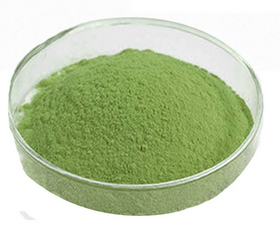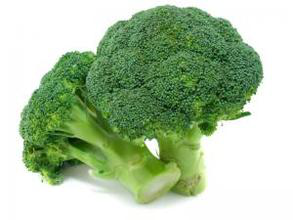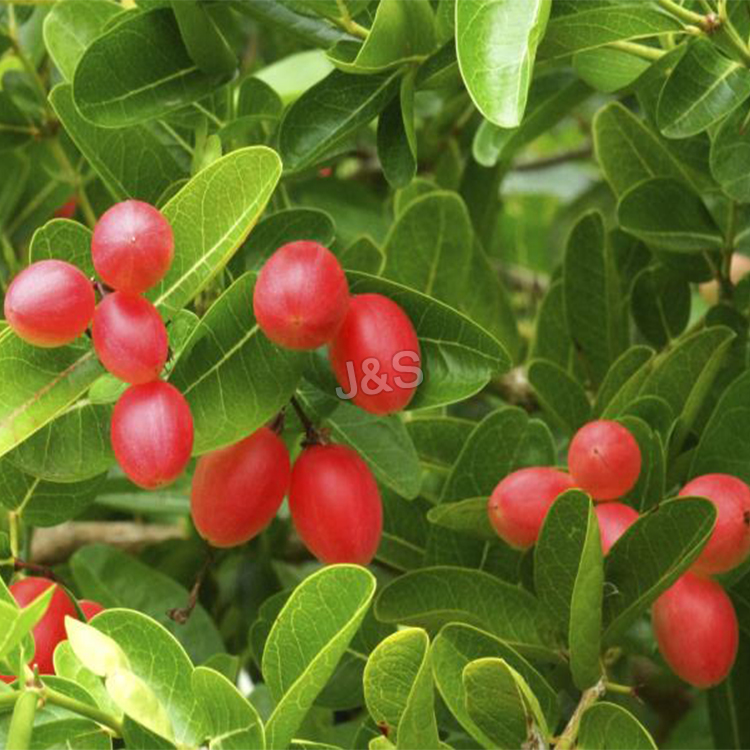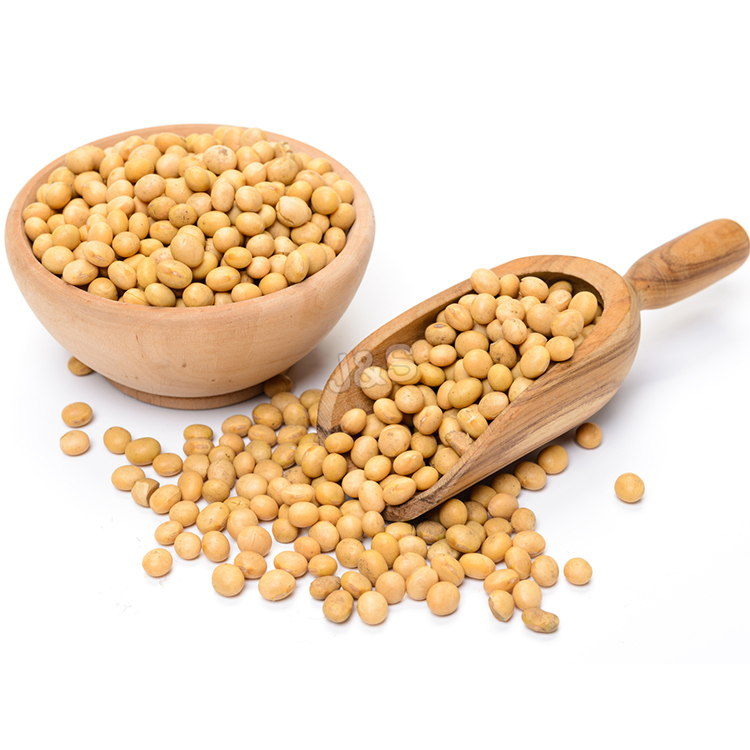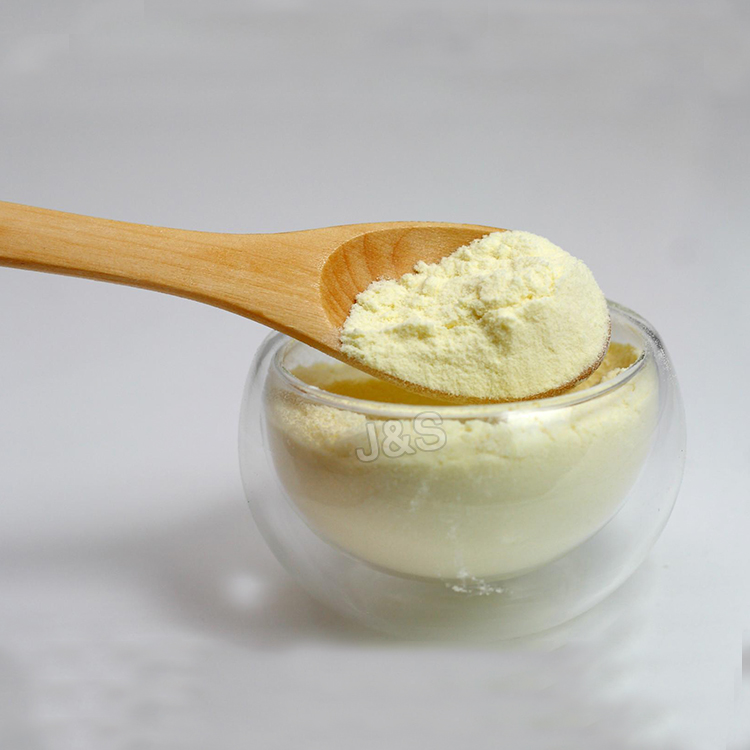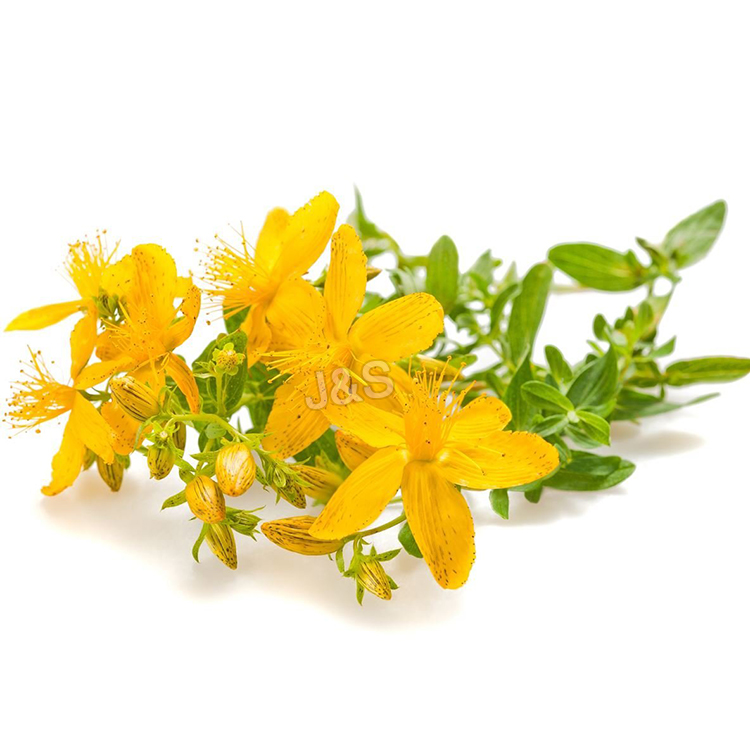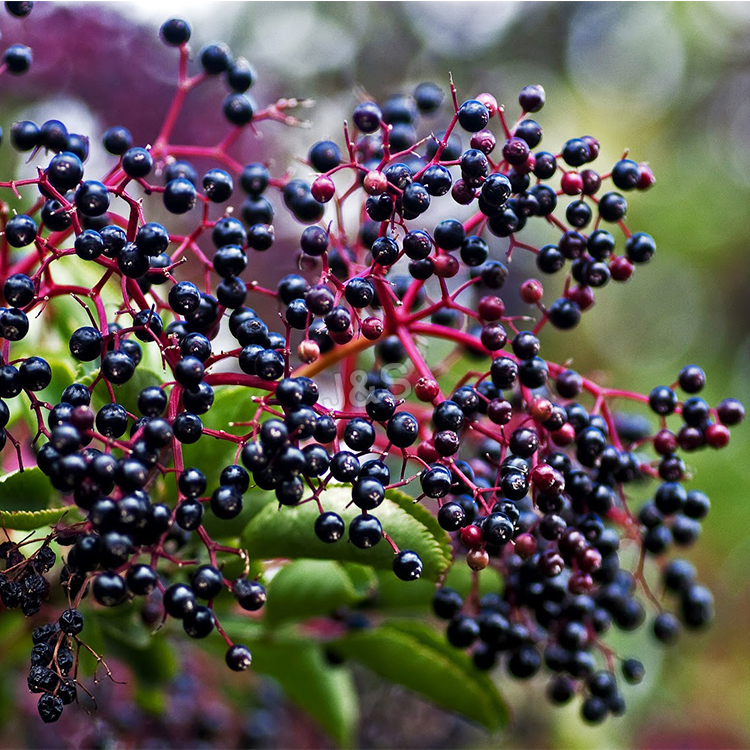14 Years Factory wholesale Broccoli powder Wholesale to Victoria
14 Years Factory wholesale Broccoli powder Wholesale to Victoria Detail:
[Latin Name] Brassica oleracea L.var.italica L.
[Plant Source] from China
[Specifications]10:1
[Appearance] Light green to green powder
Plant Part Used: whole plant
[Particle size] 60 Mesh
[Loss on drying] ≤8.0%
[Heavy Metal] ≤10PPM
[Storage] Store in cool & dry area, keep away from the direct light and heat.
[Shelf life] 24 Months
[Package] Packed in paper-drums and two plastic-bags inside.
[Net weight] 25kgs/drum
Broccoli is a member of the cabbage family, and is closely related to cauliflower. Its cultivation originated in Italy. Broccolo, its Italian name, means “cabbage sprout.” Because of its different components, broccoli provides a range of tastes and textures, from soft and flowery (the floret) to fibrous and crunchy (the stem and stalk). Broccoli contains glucosinolates, phytochemicals which break down to compounds called indoles and isothiocyanates (such as sulphoraphane). Broccoli also contains the carotenoid, lutein. Broccoli is an excellent source of the vitamins K, C, and A, as well as folate and fiber. Broccoli is a very good source of phosphorus, potassium, magnesium and the vitamins B6 and E.
Main Function
(1).With the function of anti-cancer, and effectively improving capability of blood scavenging;
(2).Having the great effect to prevent and regulate hypertension;
(3).With the function of enhancing liver detoxification, improve immunity;
(4).With the function of reducing blood sugar and cholesterol.
4. Application
(1).As drugs raw materials of anti-cancer, it is mainly used in pharmaceutical field;
(2).Applied in health product field, it can be used as raw material in health food, the purpose is to enhance immunity
(3).Applied in food fields, it is widely used as functional food additive.
Product detail pictures:
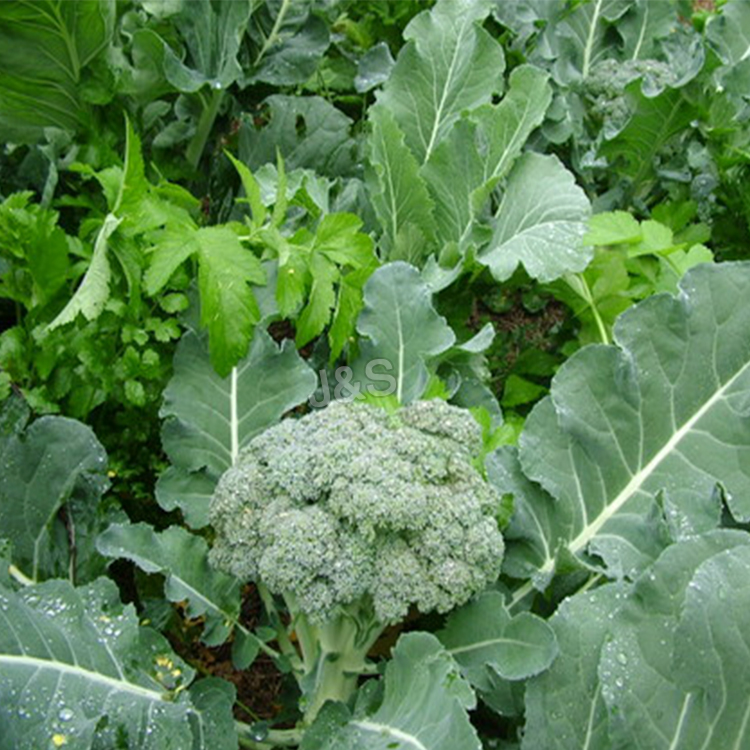
Related Product Guide:
Each individual member from our large performance revenue crew values customers' needs and company communication for 14 Years Factory wholesale Broccoli powder Wholesale to Victoria , The product will supply to all over the world, such as: Qatar, Colombia, Singapore, If you need any of our products, or have other items to be produced, please send us your inquiries, samples or detailed drawings. Meanwhile, aiming to develop into an international enterprise group, we look forward to receiving offers for joint ventures and other cooperative projects.
En septiembre de 2015, los 193 estados miembro de Naciones Unidas adoptaron un acuerdo mundial para cambiar el rumbo del planeta.
Un acuerdo para la erradicación de la pobreza, la disminución de las desigualdades y la sostenibilidad del planeta, denominado “Agenda 2030 y los Objetivos de Desarrollo Sostenible”. Para hacer realidad esta Agenda se establecen 17 objetivos, que han de cumplirse antes del fin de 2030.
El alumnado de varios centros de Urdaibai (Bermeo y Gernika) participó en febrero de 2017 en unos talleres de la mano de UNESCO Etxea y gracias al apoyo de la Reserva de la Biosfera de Urdaibai- Departamento de Medio Ambiente y Política Territorial del Gobierno Vasco.
Como resultado, los alumnos y alumnas diseñaron y pusieron en marcha acciones de calle para dar a conocer a la ciudadanía de Urdaibai la Agenda 2030 y los Objetivos de Desarrollo Sostenible.
Diseñaron folletos para repartir, realizaron un concurso de preguntas entre las personas transeúntes, y organizaron una marcha sobre ruedas por los ODS, contribuyendo de este modo a sensibilizar a la ciudadanía de que cada persona es responsable del cumplimiento de estos Objetivos de Desarrollo Sostenible, para erradicar la pobreza, proteger el planeta y asegurar la prosperidad de todas las personas.
El trabajo realizado por estos/as jóvenes fue presentado por UNESCO Etxea en el plenario del Congreso Europeo de Reservas de la Biosfera (EUROMAB) organizado por UNESCO, celebrado del 4 al 7 de abril de 2017 en la Reserva de la Biosfera Bassin de la Dordogne (Francia).
————————————————————————————-
Pobrezia desagerrarazteko, desorekak gutxitzeko eta planetaren iraunkortasunerako akordioa: “2030 Agenda eta Garapen Iraunkorreko Helburuak” deritzona. Agenda hori egi bihurtzeko 17 helburu ezarri dira, 2030. urtea bukatzerako bete beharrekoak.
Urdaibaiko (Bermeo eta Gernika) hainbat ikastetxetako ikasleek tailer batzuetan hartu zuten parte egunotan, UNESCO Etxearen eskutik eta Urdaibaiko Biosfera Erreserbaren eta Eusko Jaurlaritzako Ingurumen eta Lurralde Politika Sailaren laguntzarekin.
Tailer horien bidez, ikasleek kaleko hainbat ekintza diseinatu eta jarri zituzten martxan, Urdaibaiko biztanleei 2030 Agendaren eta Garapen Iraunkorreko Helburuen berri emateko.
Esku-orriak diseinatu zituzten herritarrei banatzeko, kaleko jendearen artean galdera-erantzunen lehiaketa bat egin zuten eta Garapen Iraunkorreko Helburuen aldeko martxa bat antolatu zuten gurpil gainean, herritarrak sentsibilizatzen laguntzeko pertsona bakoitzak ardura duela Garapen Iraunkorreko Helburu horiek betetzeko ahaleginean, pobrezia desagerrarazteko, planeta babesteko eta pertsona guztiek bizimodu hobea izan dezaten ziurtatzeko.
Gazteok eginiko lana Biosfera Erreserben Europako Biltzarrean (EUROMAB) aurkeztu zuen UNESCO Etxeak, UNESCOk antolatuta, Dordoinako Bassin Biosfera Erreserban.
If someone says their bee pollen is freeze dried, they are most likely an advertising firm and know very little about bee pollen. Freeze dried does not apply to bee pollen, it applies to Royal Jelly. They are merely copying what they heard and they think sounds good. Example; The term Pasteurization is used with milk but does not apply to beef.
The technical term for freeze dried is lyophilization. When you see someone use the term freeze dried with bee pollen, what they are doing is simply dehydrating the pollen.
DurhamsBeeFarm.com Bee Pollen, Truth or Myth. Nutritious Health Benefits Natural Supplement. Honey Bee Honey FAQ. -Questions People Ask-….
https://www.durhamsbeefarm.com/bee-products/bee-pollen.html?left
Since no one can get a patient on honey bee products, some companies are very resourceful in coming up with reasons why their bee pollen is the best. Bee Pollen is a very fine like powder which the honey bee packs into a nugget using an enzyme the honey bee makes so they can carry back to the hive. The important question you should ask, how fresh is the pollen.
It’s amazing how people copy information and use it and it’s bogus. Here’s an example. “BEE POLLEN: you could experience an allergic reaction, especially if you’re allergic to bees or anything else” First, get this clear. You can have an allergic reaction to bee pollen so read instructions and test your body by starting with a small amount and building up slowly. Now that we have that out of the way. You have seen on YouTube people incorrectly say, ” if you are allergic to (bees) bee stings, you can be allergic to bee pollen. That is a myth. The best way to explain is; Being allergic to bee stings has nothing to do with consuming bee products. The best example I can think of is, people who are lactose intolerant, can’t drink milk but they can eat beef. People who are allergic to eating eggs can eat chicken. I am not a doctor, not even close as we are beekeepers. be cautious and monitor your health.
Know you are buying the Best Bee Pollen. www.DurhamsBeeFarm.com Questions. Royal Jelly, Propolis, Optimal Health Energy, Honey Bees. Overall Natural Benefits.
https://www.durhamsbeefarm.com/bee-products/bee-pollen.html?left
Here are some of my honey bee videos
About beekeeper Tim Durham Sr. https://youtu.be/9bqHuae38Uw
Production management mechanism is completed, quality is guaranteed, high credibility and service let the cooperation is easy, perfect!
